Ever since Mom got back from her trip to India with some of her down doggie friends I’ve had to listen to her tales of fun and adventure, all without me! Yeah, I like to be the center of attention. Yeah, I and could really use a long nap right about now. So please listen to her for a while so I can get some rest. Anyway, the trip had to be such a bore without me leading the way…
Ahimsa. It is the first and most important of the Yamas in Yoga, or the ethical code.
Ahimsa, the opposite of violence in thought, word and deed.
India is a personification of this ideal.
History
India is the 7th largest country in world and the 2nd most populated, home to over 1.3 billion people. New Delhi has a population of 21.75 million. There is not a national language, 22 major languages are spoken with over 720 dialects. Although the primary religion is Hinduism, four other religions originated and are also practiced in India; Buddhism, Jainism and Sikhism. In addition, many people are Muslim. In such a diverse and populated country the embodiment of Ahimsa is a way of life. The concept was brought to the forefront by Mahatma Gandhi, and as a revered leader his photo is on every denomination of Indian currency, which serves as a daily reminder.
Arriving in New Delhi can be shocking – crowds, noise, confusion. Cows wander the streets that are revered, and dogs wander the streets that are disregarded. Women wear bright saris, beggars are in rags and businessmen look polished. Crowded Hindu temples are next to solemn Muslim mosques. And everything is immersed in a thick layer of smog. Just breathe. . .
India’s Inner-self
But as days pass, India emerges, the inner-self. A people deeply devoted, a culture of contrast, a place of peace and contentment, a culture rooted in brilliant traditions, a society based in productivity. Hard-working men earn a living driving tuktuks; a new underground metro with cars just for women; a Sikh Temple which is glided and extravagant, yet feeds thousands of people every day; farmers harvesting sugarcane; merchants – all kinds; banyan trees with roots reaching for the earth to form another tree; vivid color – yellow marigolds, brilliant roses, red hibiscus and deep green leaves.
It is a mash up of people and cultures that all flow together, because of the belief in Ahimsa.
Complete Chaotic Clockwork
Imagine every inch of the road covered with vehicles – bicycles, ox carts, tuktuks, scooters, motorcycles, cars, buses. And people, lots of them. And dogs. And cows. But it works. No road rage, just a code. One beep, I’m behind you; two beeps, I’m gonna’ pass; three beeps, you better get out of the way. Complete chaotic clockwork. Amazing.
Our Retreat
A place where “love, loves, love” – the Sri Ram Ashram is our next destination. Safe and nurturing for its residents, orphans, and guests. Built on fifteen acres near Haridwar, it is the realization of a vision of Baba Hari Dass, to build a place where orphaned children could find and have a lasting family. He was also the founder of Mount Madonna Institute in California where I studied yoga and it is the organizer of this tour of India. Upon arrival, a breeze floats through the guest quarters – from the exterior spaces into the open courtyard – inhaling and exhaling, bringing life, refreshment and comfort.
We wake to the laughter of children, howl of monkeys, distant calls to prayer, and screech of hawks. It’s early and we begin each day with pranayama, meditation and yoga. Yes, just breathe. The first day our teacher shared a poem:
What If?
What if our religion was each other?
If our practice was our life?
If prayer was our words?
What if the Temple was the Earth?
If forests were our church?
If holy water—the rivers, lakes and oceans?
What if meditation was our relationships?
If the Teacher was life?
If wisdom was self-knowledge?
If love was the center of our being?
– Ganga White
Deep Devotion
Haridwar is in the heart of Hindus devotion and origin. There are many temples in Kankhal, Rishikesh, and Haridwar, from ancient sites to a complex devoted to a 20th century Hindu saint, Anandmayi Ma. Her name “Anadmayi” means “joy-permeated” and was given to her by her devotees to describe her perpetual state of divine joy. At her shrine, I could feel a sense of joy, it was a powerful experience. In her writings she did not advocate the same spiritual method for all, “How can one impose limitations on the infinite by declaring this is the only path—and, why should there be so many different religions and sects? Because through every one of them . . . each person may advance according to his inborn nature.”
Islamic Tribes
Islam is the next door neighbor, where morning prayer emerges from mosques, floating through our windows at the Ashram. Islamic Gujjars live in the jungle nearby raising cattle for the production of milk for wholesale. They have been there for centuries and now technically live and roam on government protected land, because it is their home, not because they are welcome. They welcome us into their village where we see a slice of their everyday lives.
Diwali at the Ashram
The time of year is Diwali, the Festival of Lights for most of India. At the Ashram the children prepare elaborate decorations for ceremonies. Our group of yoginis jumps in to help, building a mud city to welcome home the god Ram after his exile. His return signifies bringing back light to the world – Diwali. And the following day, Govardhan Puja, a day and ceremony to recognize sacred cows, a yantra (geometric designs associated with specific dieties) is made of cow dung, marigolds and candles. Laughter and mud fights. The scene is colorful, filled with flowers, music, chanting, light, costumes and scents. The preparations are chaotic, but somehow everything comes together. Like the country itself.
Ganga Aarti
Our final evening we visit Har ki Pauri on the banks of the Ganga in Haridwar for Aarti. Ganga Aarti means “Prayer for River Ganga”. It happens here at sunrise and sunset every day, and is attended by hundreds of people every day. This location is considered one of the most holy in India. The river is believed sacred giving life in the form of water and liberation for souls. The Aarti is beautiful at sunset and afterward, we walked down the ghat (steps) to the water, to make offerings of flowers and light. I launch my leaf boat of flowers and flame onto the Ganga with a wish – somehow it was like giving light to life. . .
Diwali is a celebration of light. Moving from darkness to light, bringing hope where there is none, knowledge where ignorance reigns and good over evil. It represents an aspiration in a world of contradictions. It is symbolic of the hope of India.
“If humanity is to progress, Gandhi is inescapable. He lived, thought, and acted, inspired by the vision of humanity evolving toward a world of peace and harmony. We may ignore him at our own risk.”
The Words of Martin Luther King, Jr.
Peace, love and harmony – woof, woof – now can we go for a walk?
Special thanks to my friend Deborah Leatherwood, who was my travel companion in India. With iPhone in hand she took many of the photos featured above. She is a talented and beautiful soul, and an absolute blast to travel with. To our next adventure!
Places to visit:
New Delhi –
- Khan Market
- Hanuman Temple
- Jama Masjid Mosque
- Gurudwara Bangla Sahib Sikh Temple
- Park Hotel
- Ghandi Smriti
Kankhal-
- Nileshwari Temple
- Daksha Temple
- Shrine of Anadmayi Ma
Haridwar-
- Chandi Devi Temple
- Sri Ram Ashram
- Har ki Pauri Ghat
Rishikesh
- Hanuman Mandir


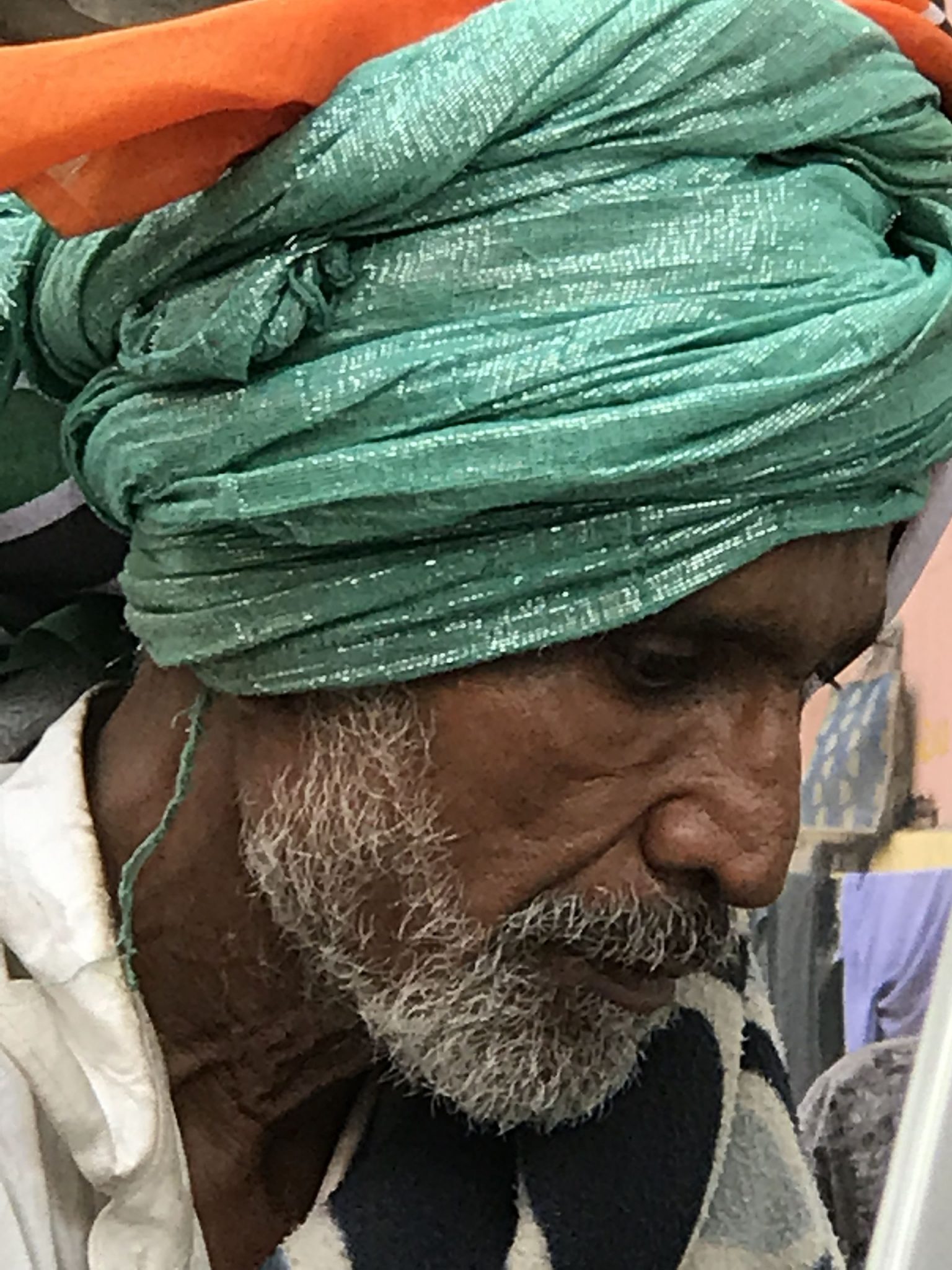

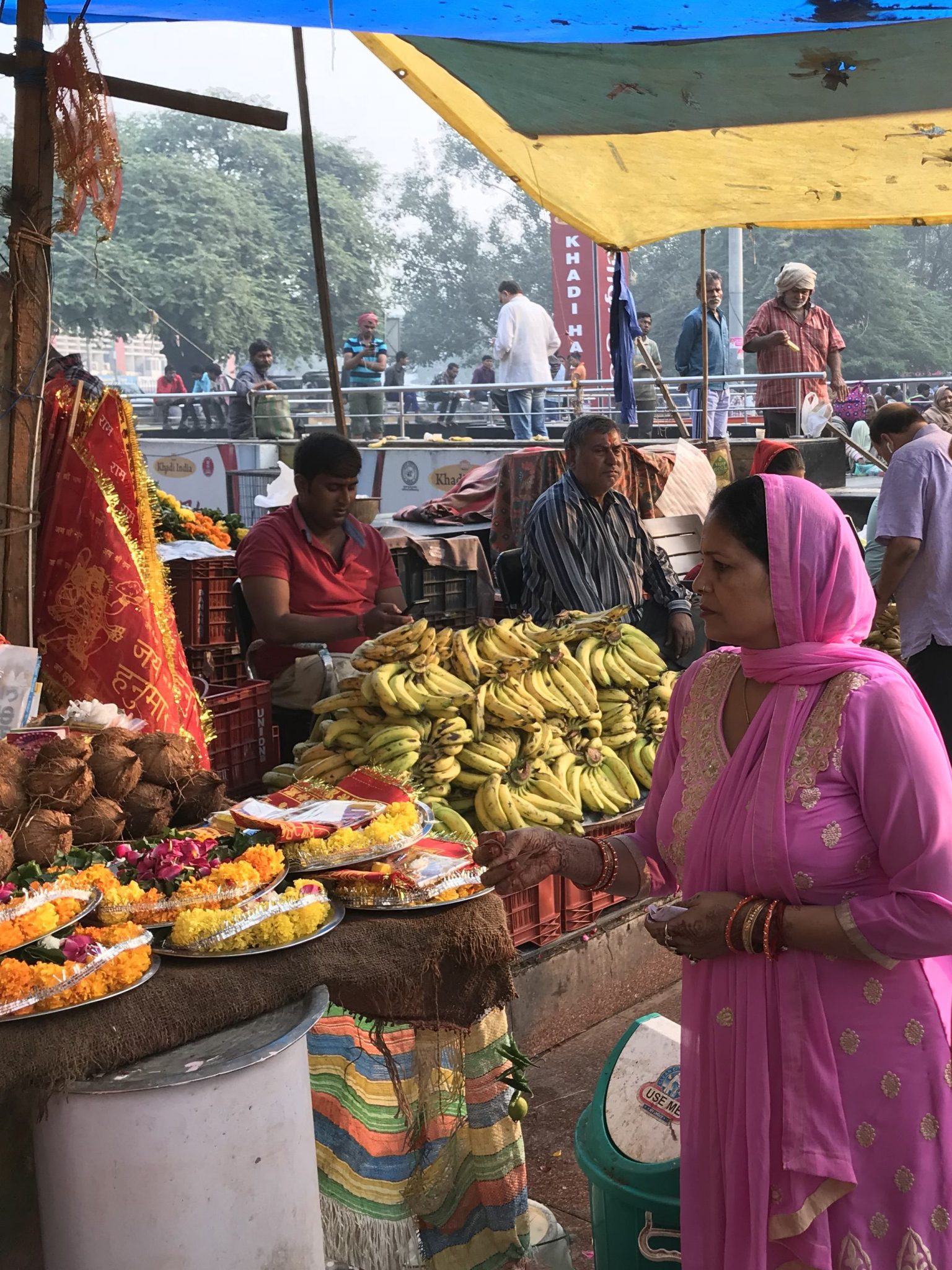
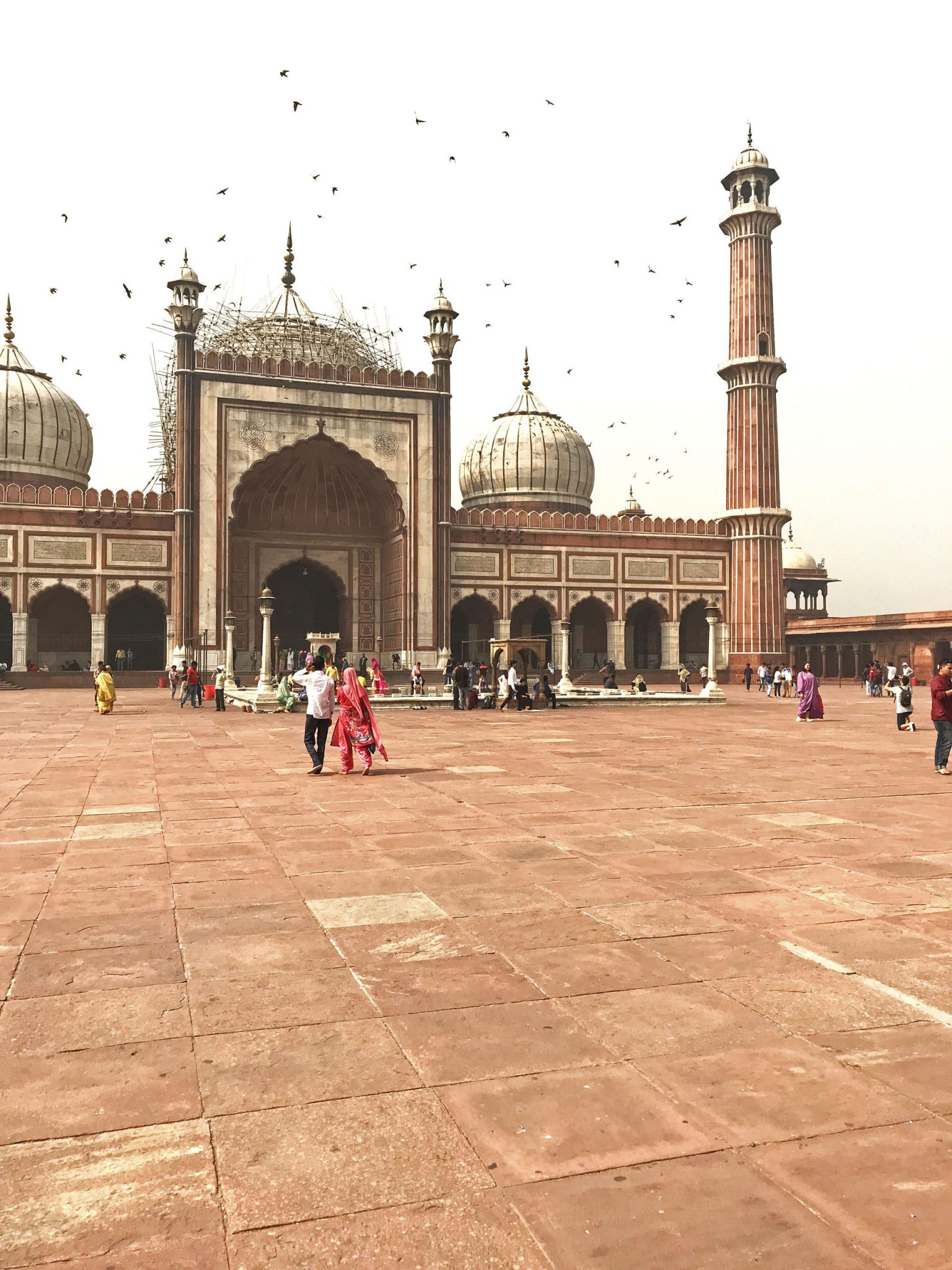
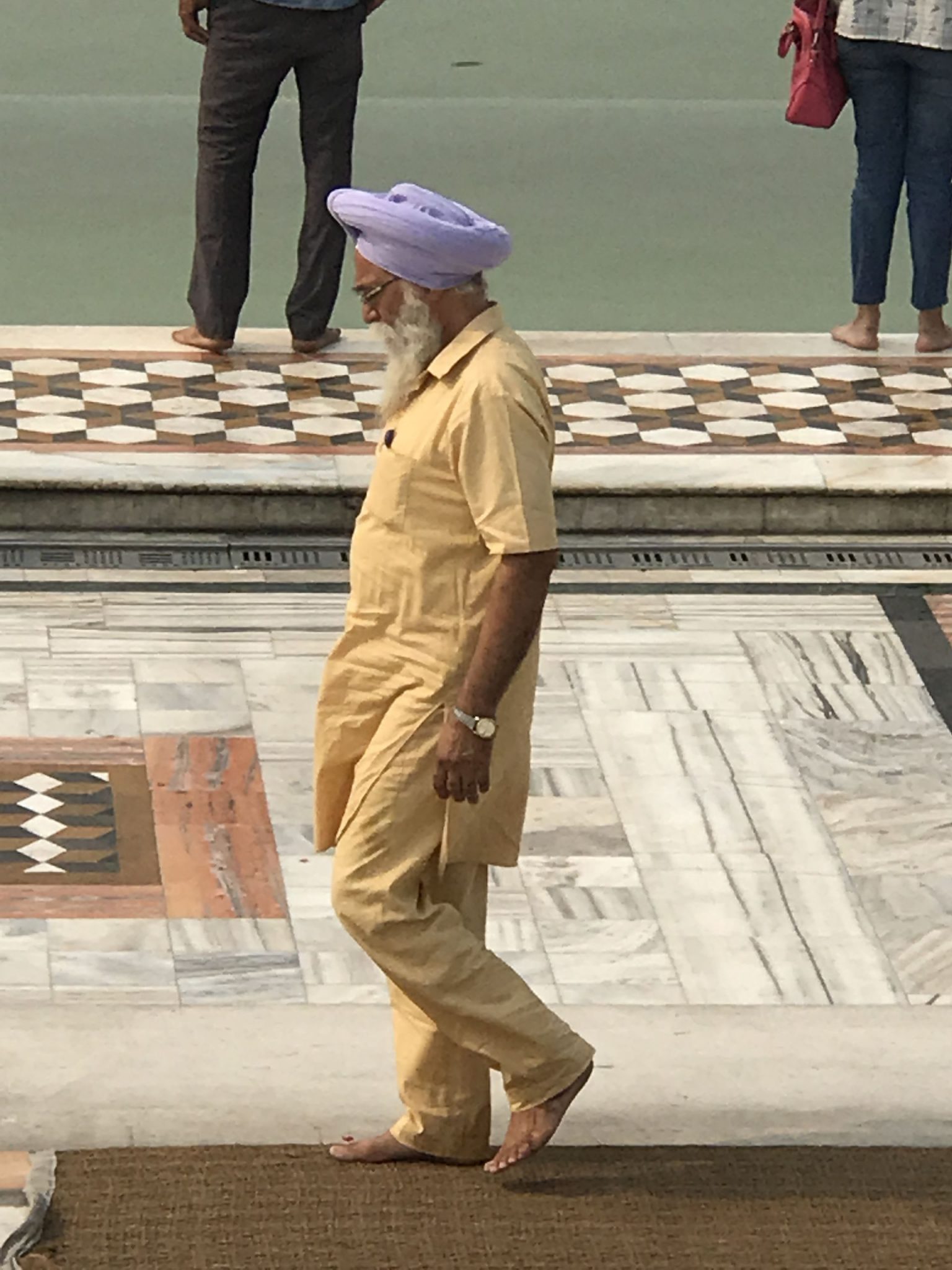
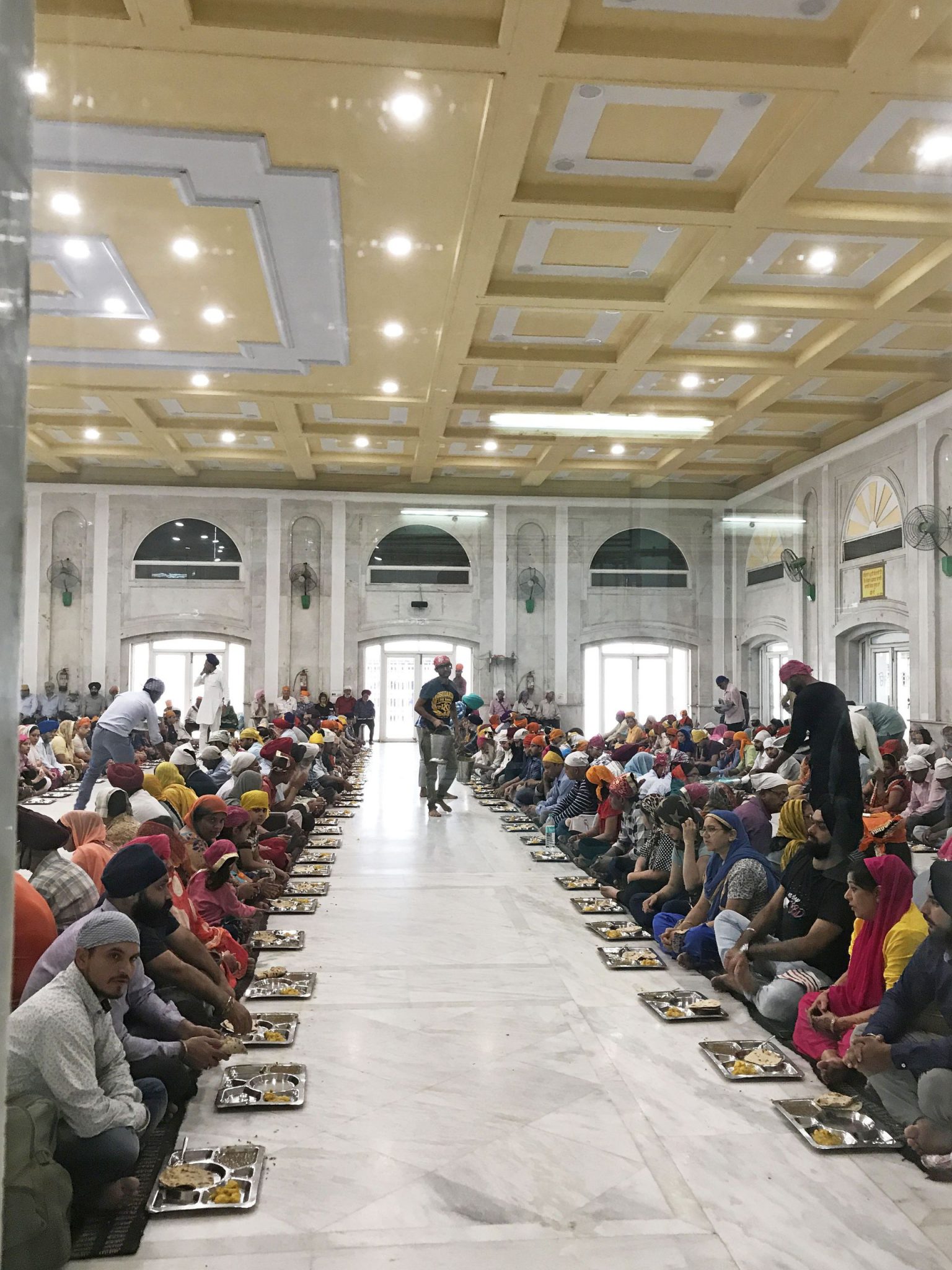
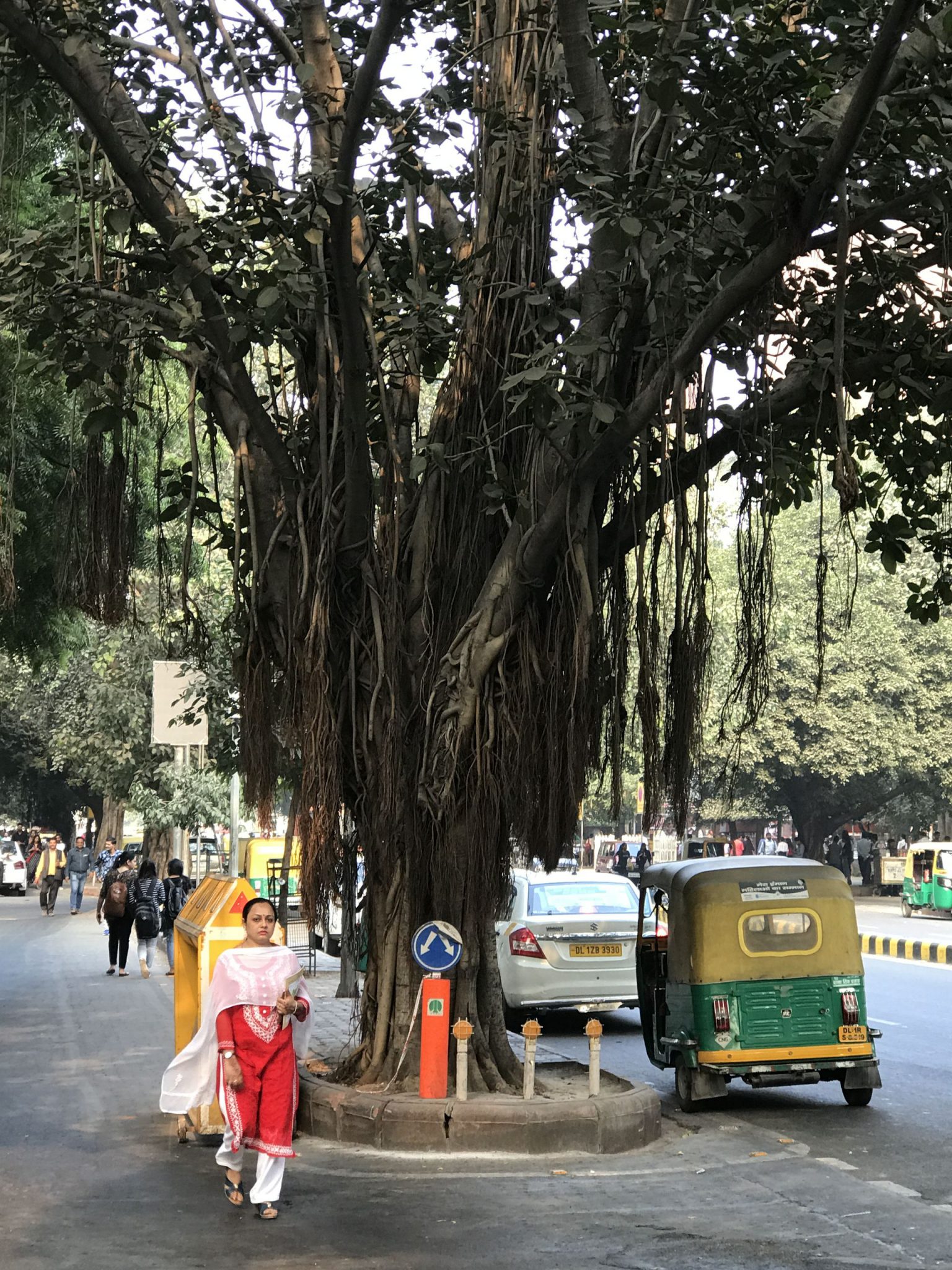
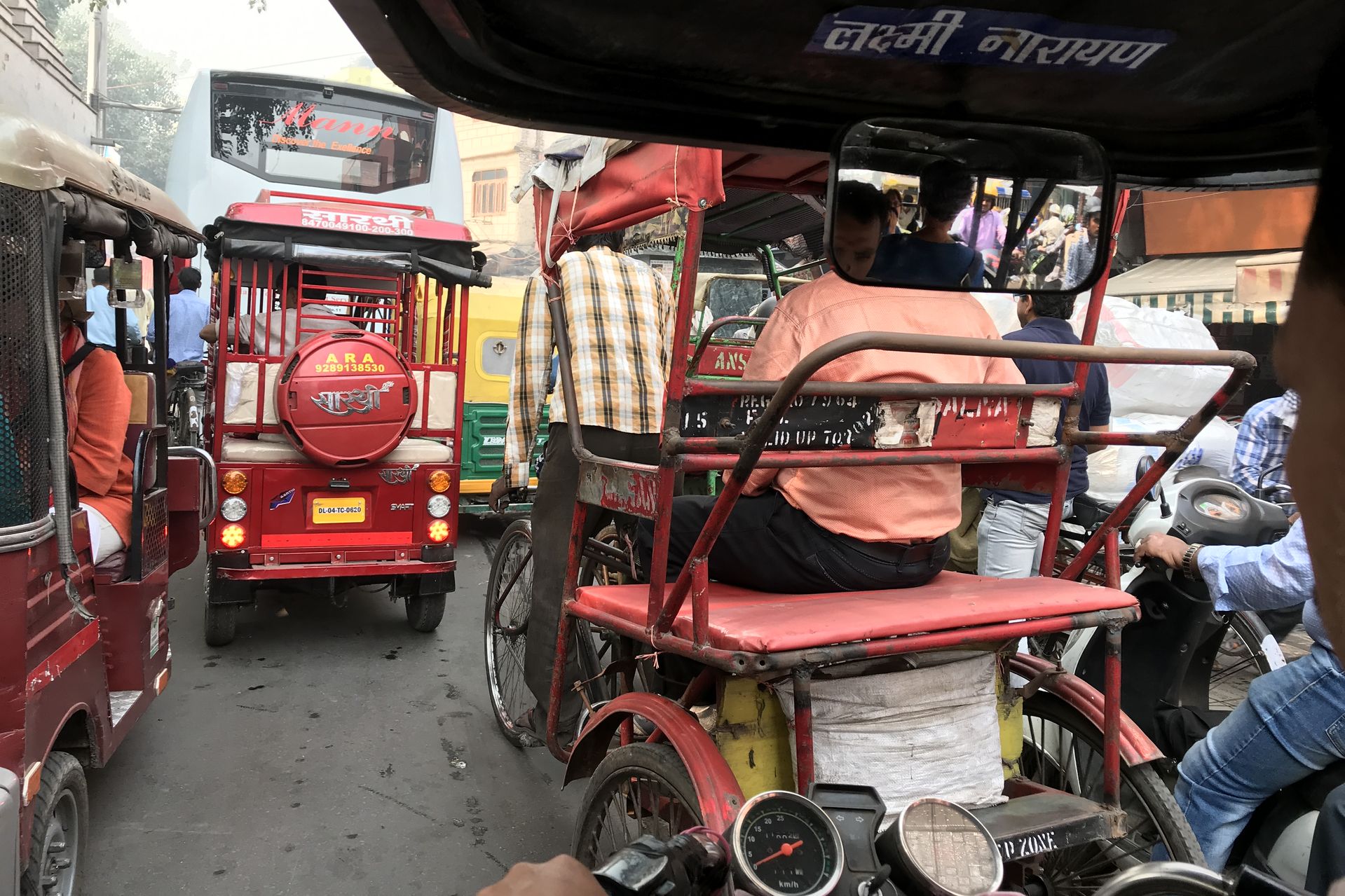


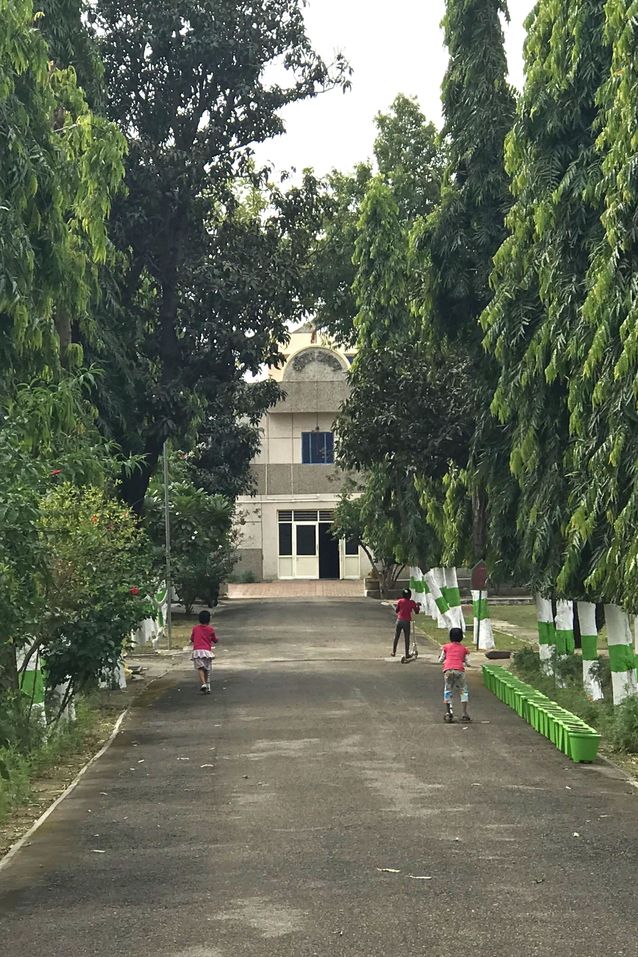
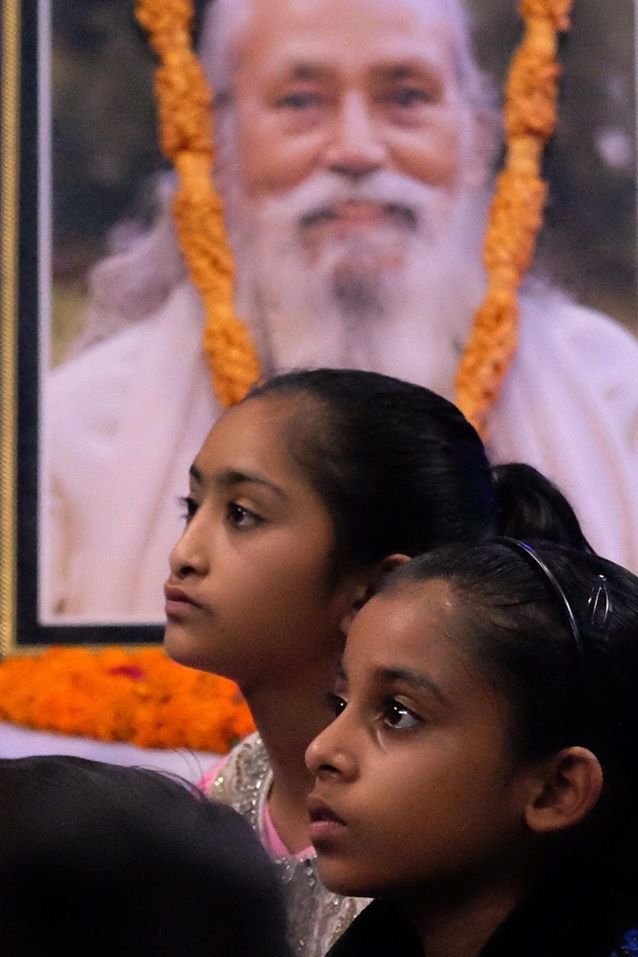

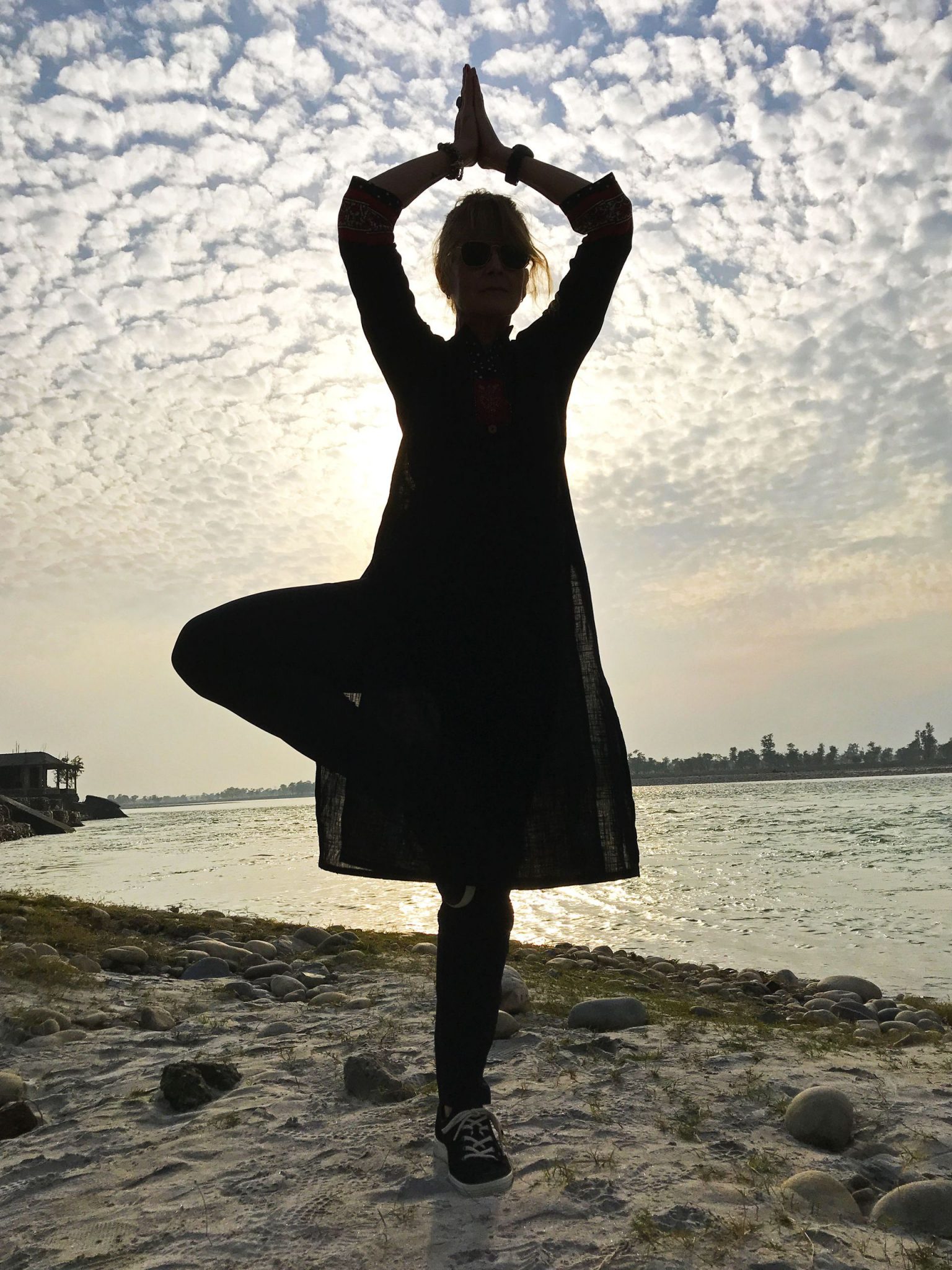
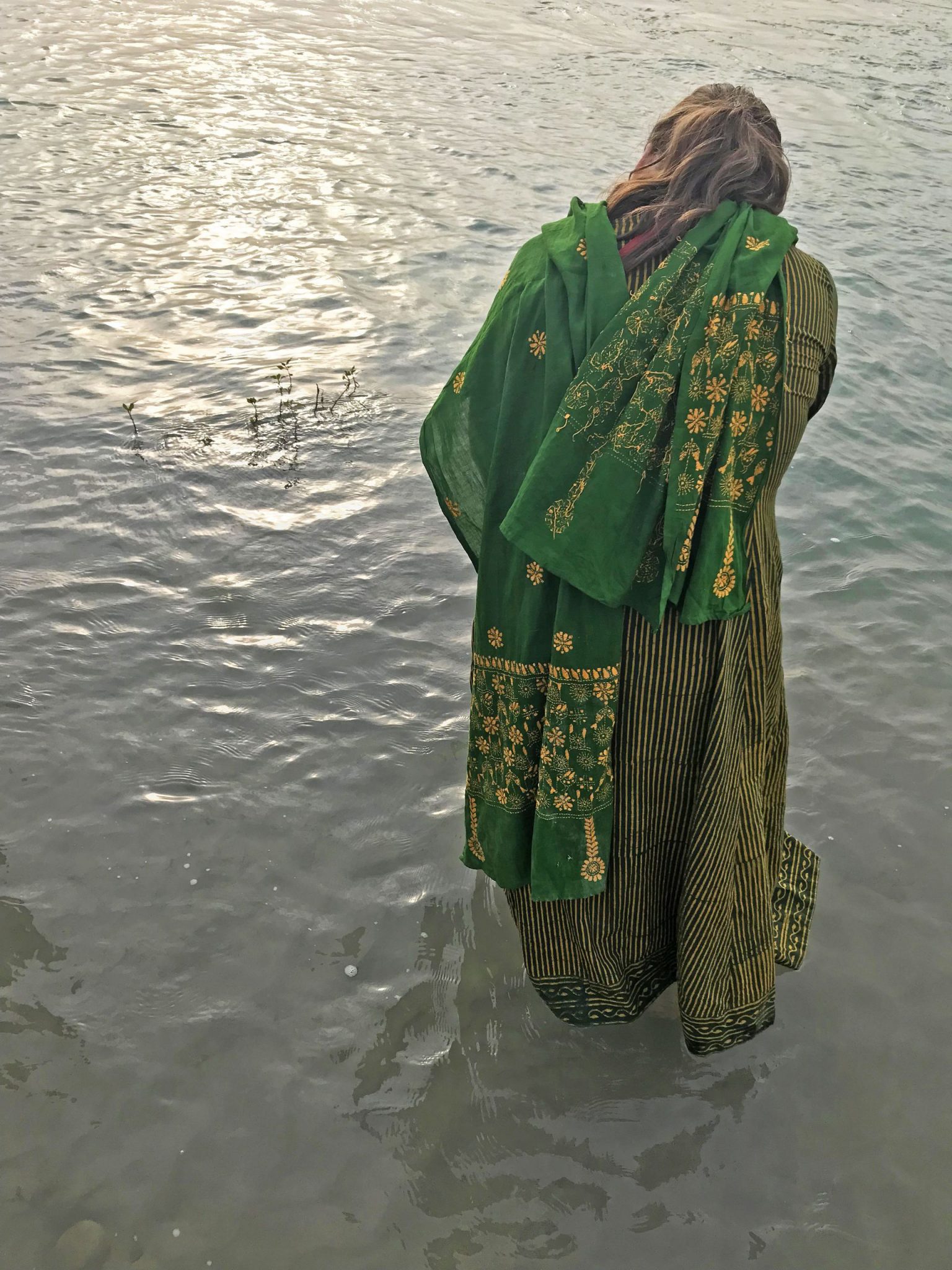
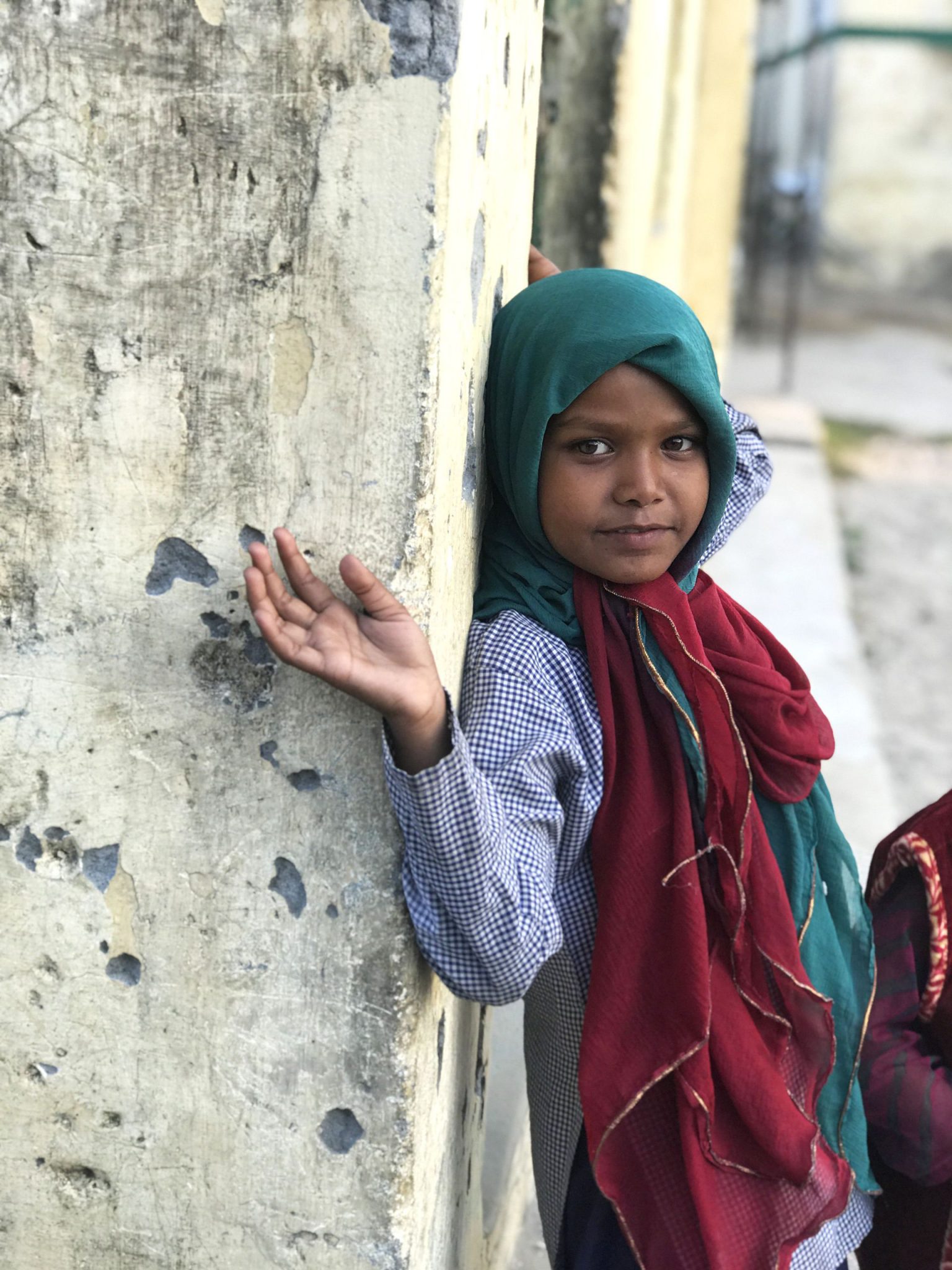

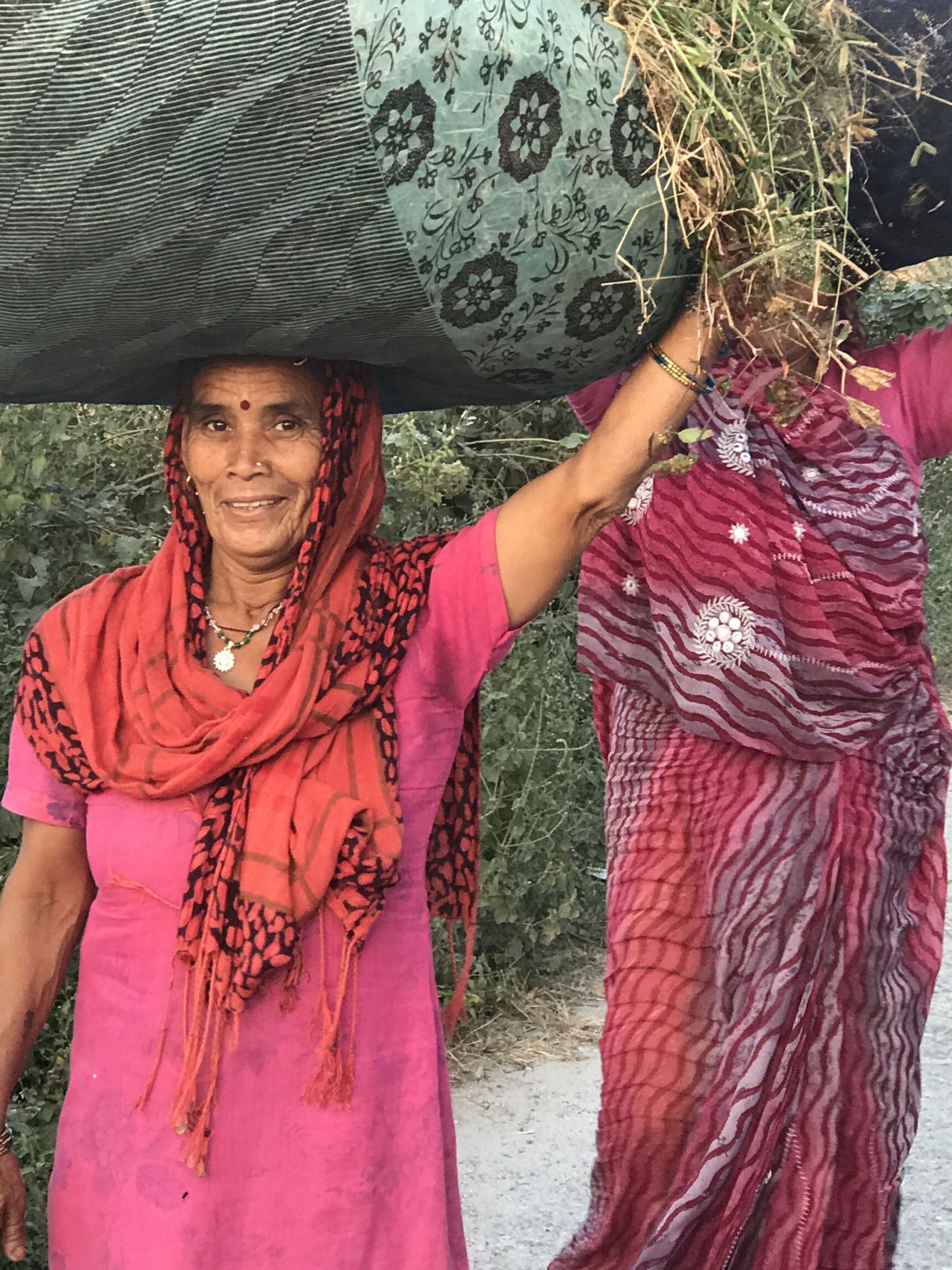

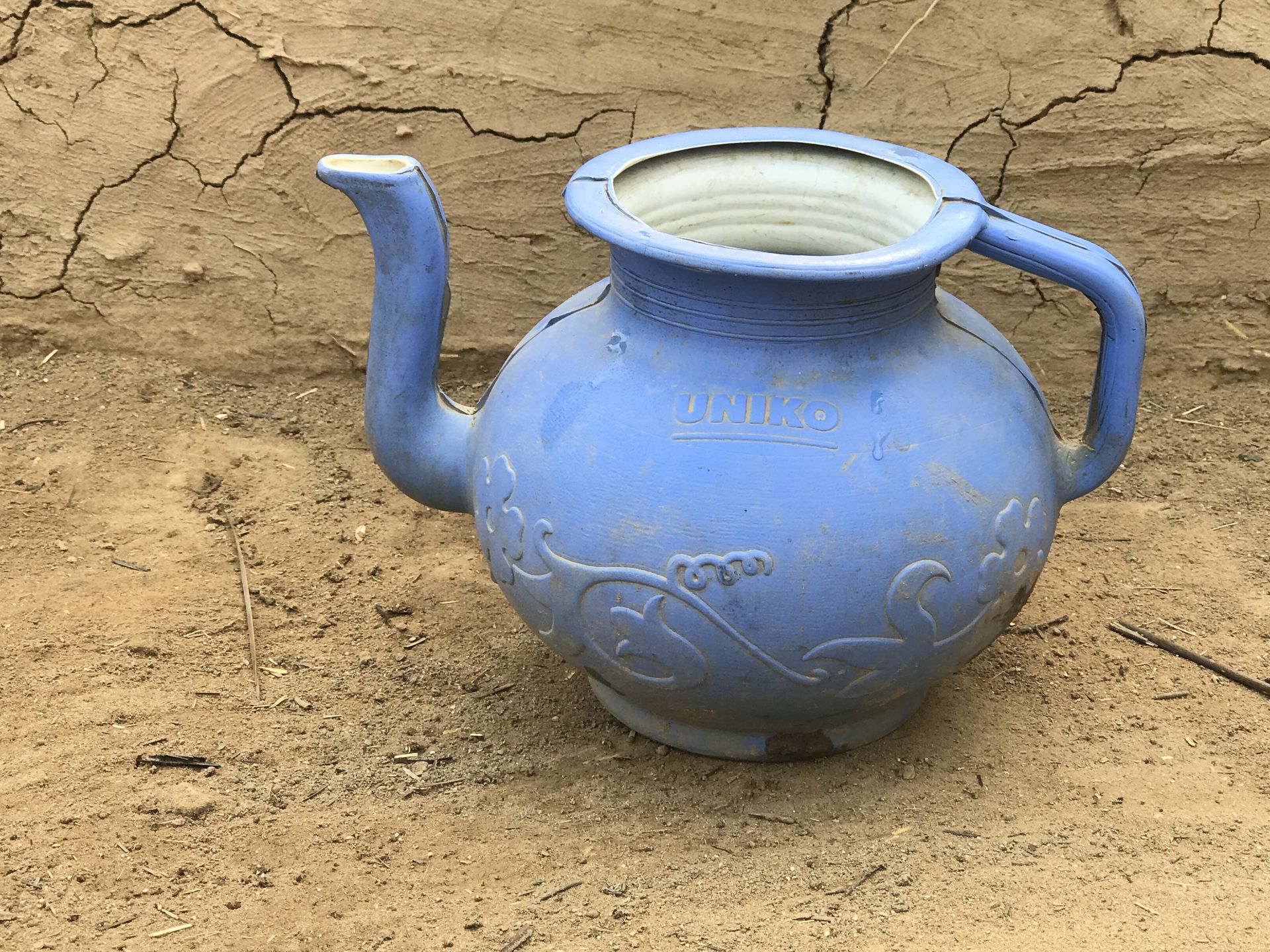
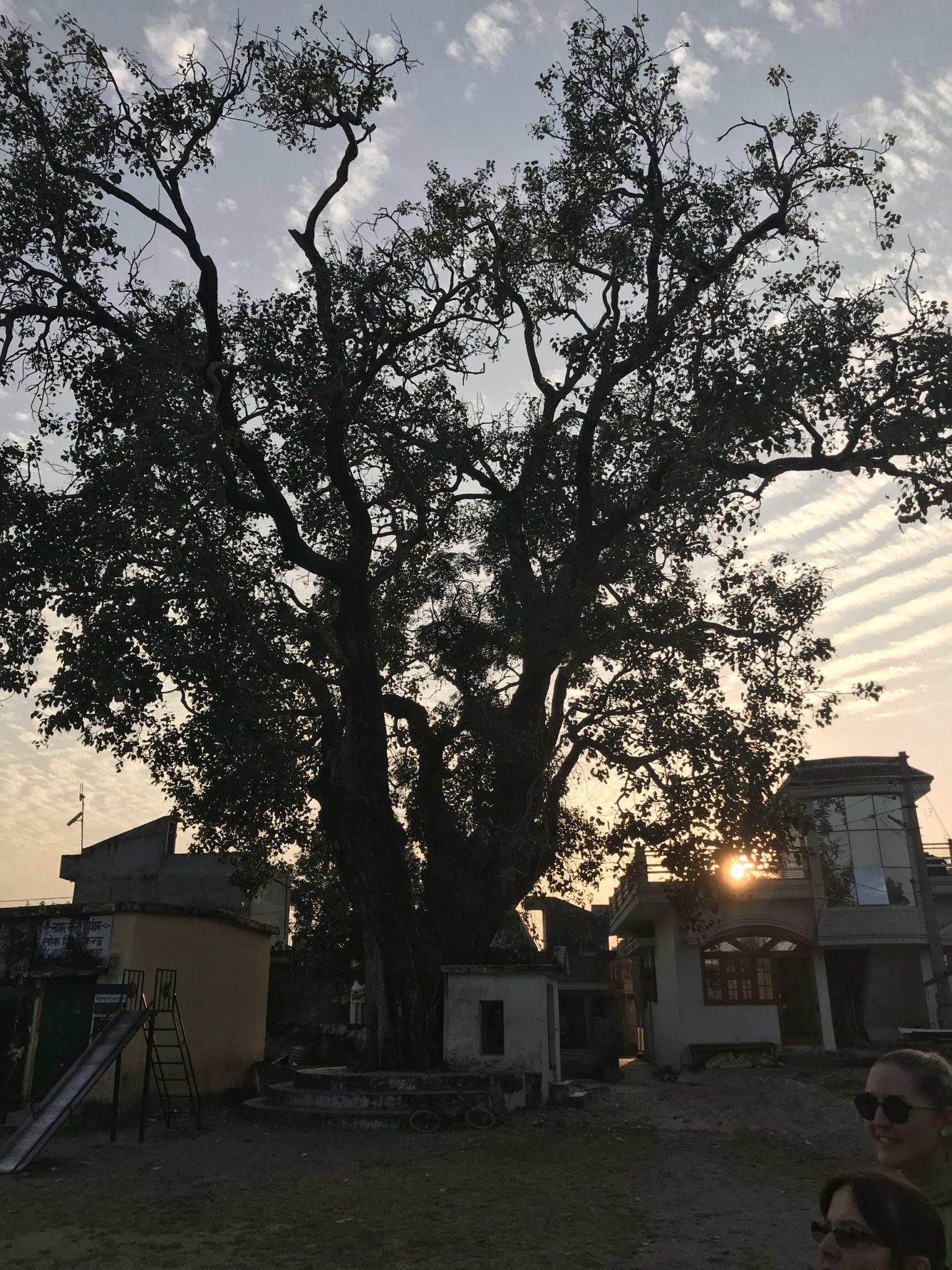
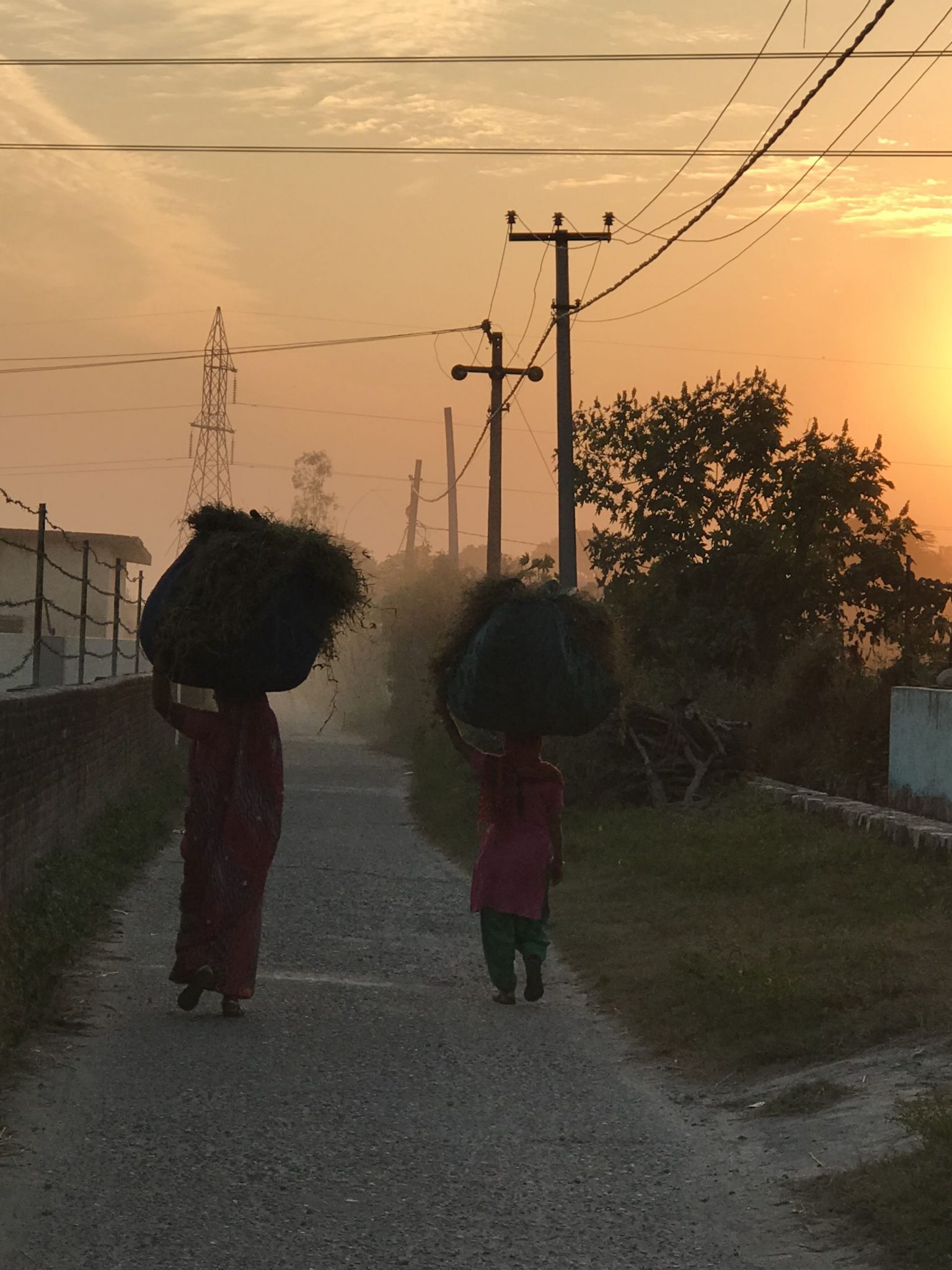




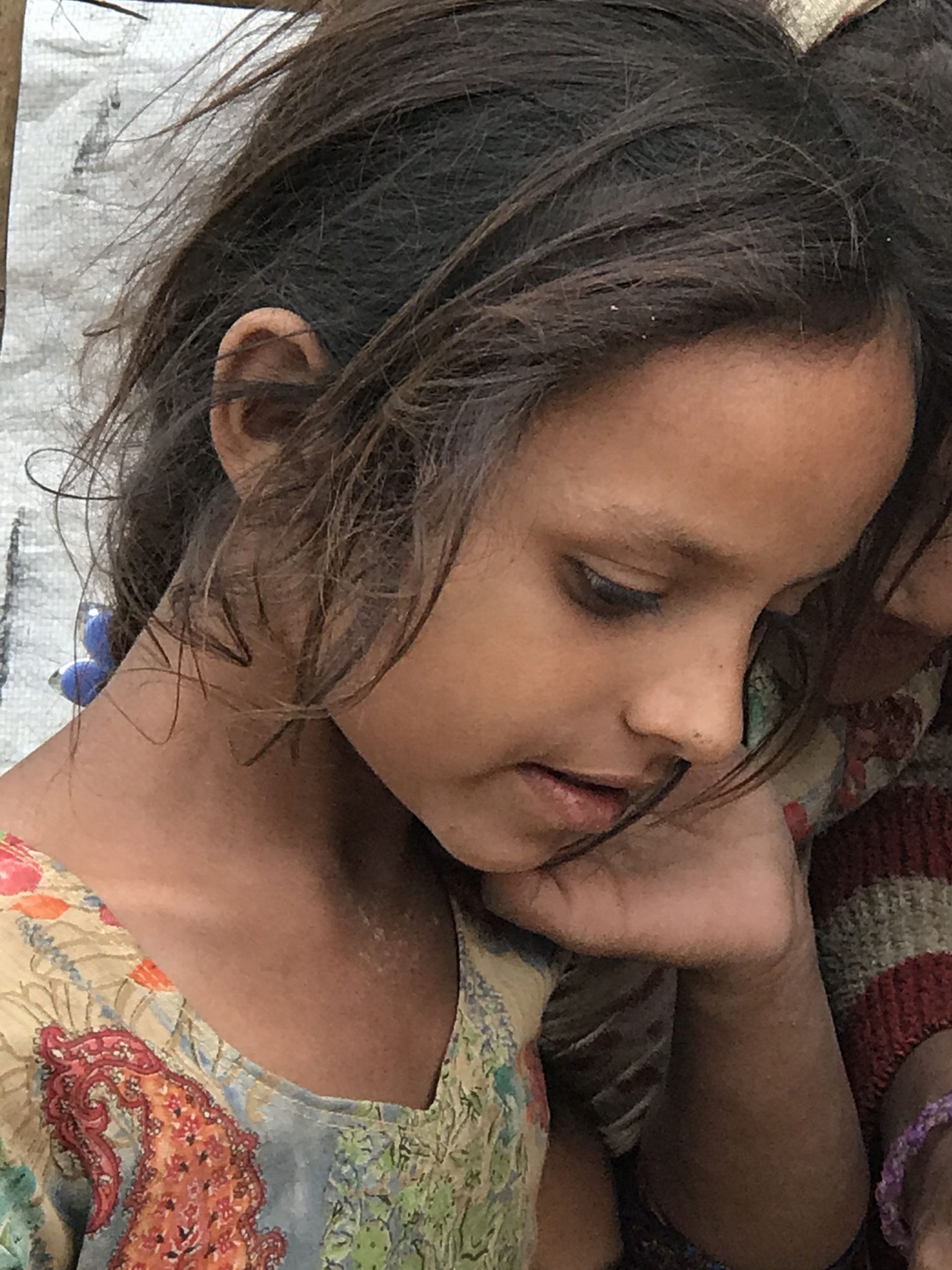

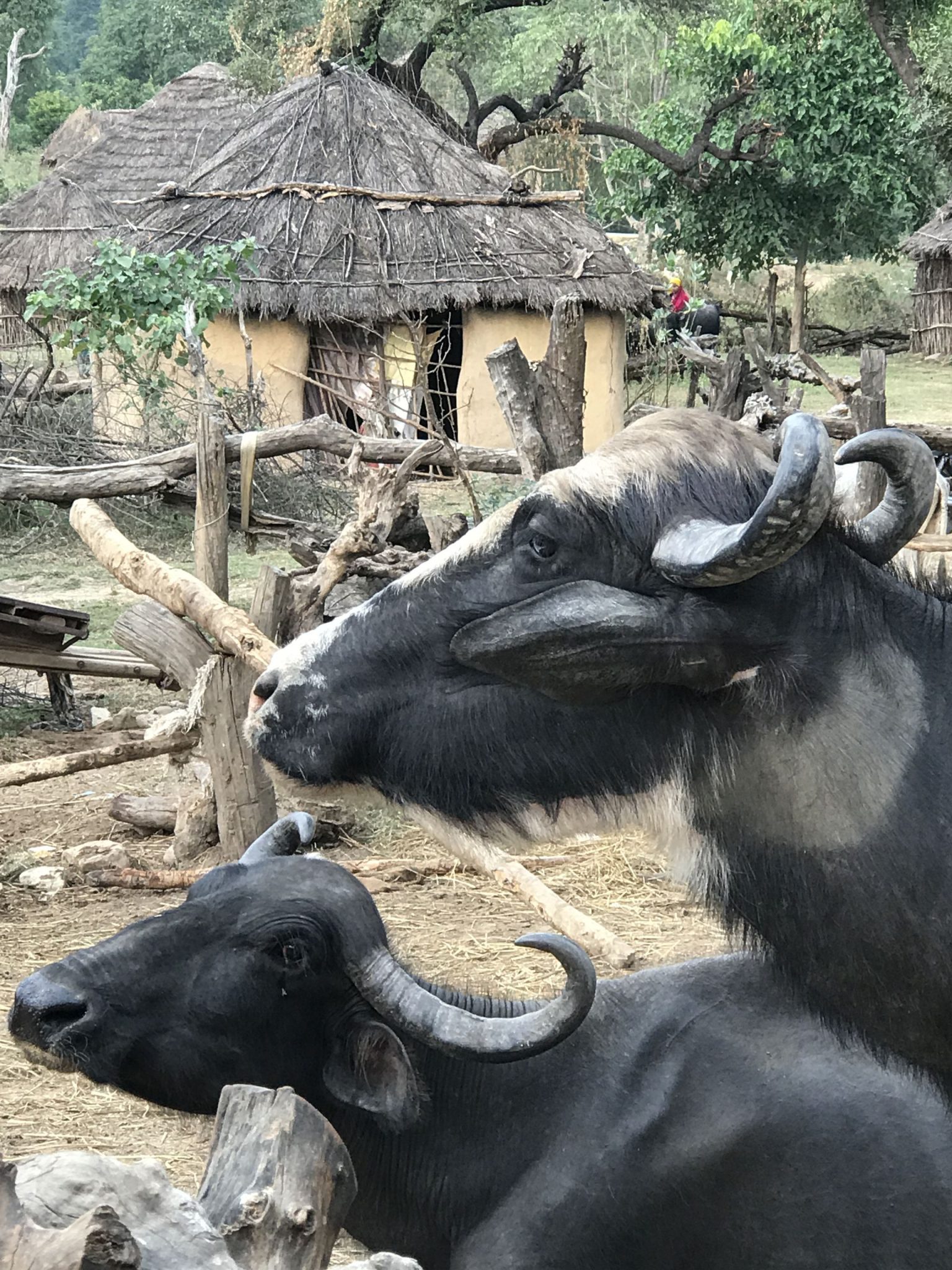
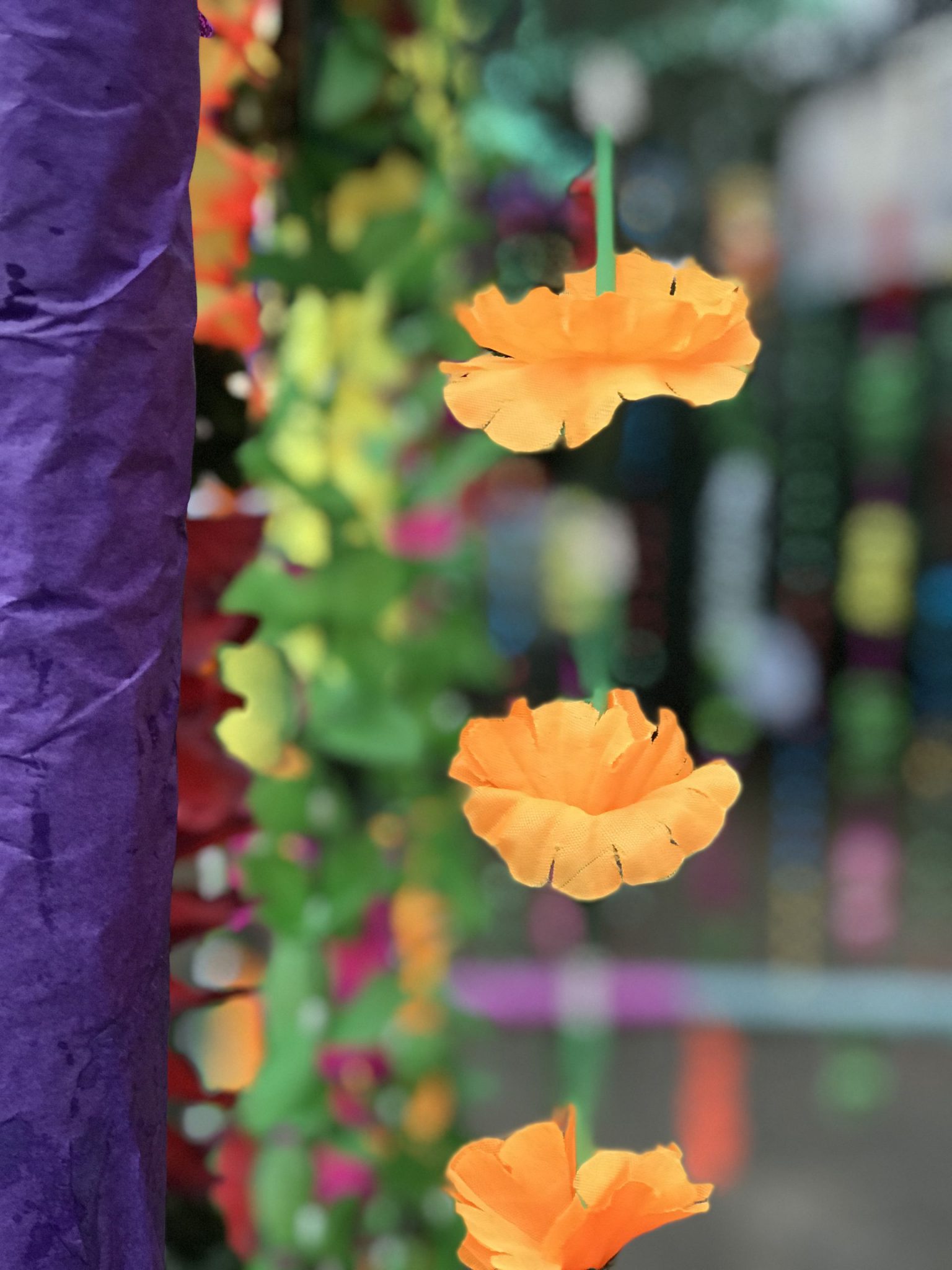
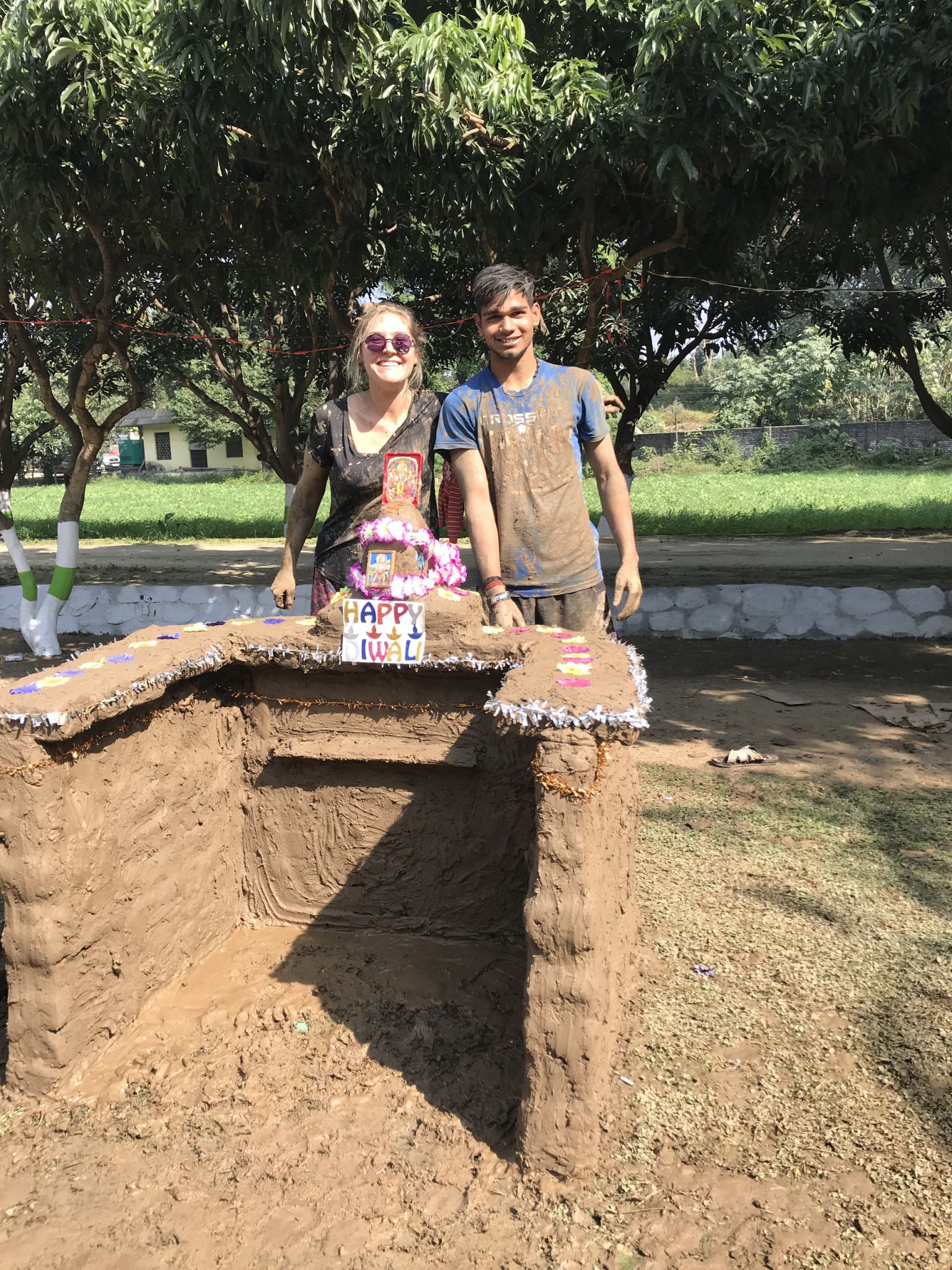
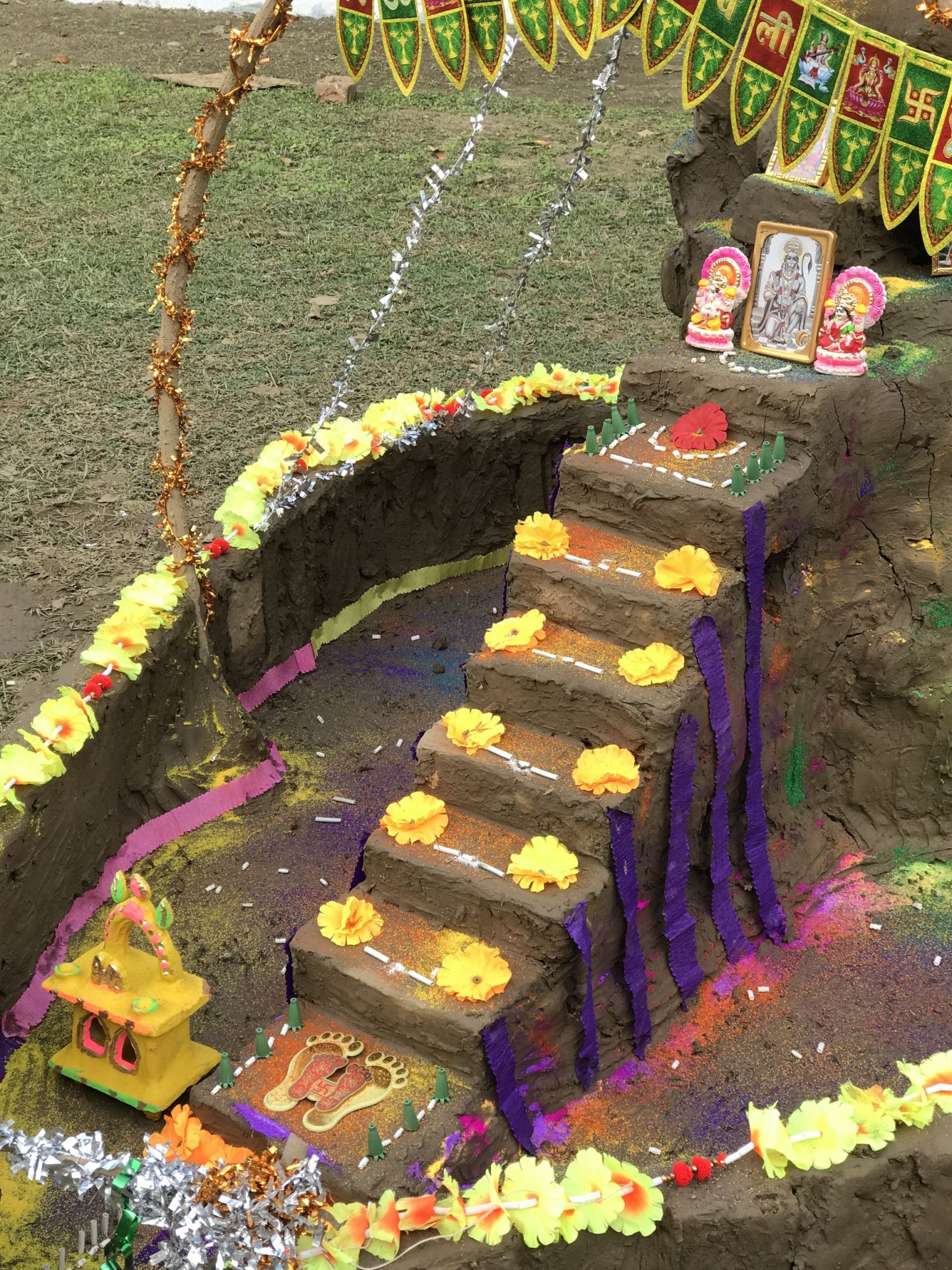
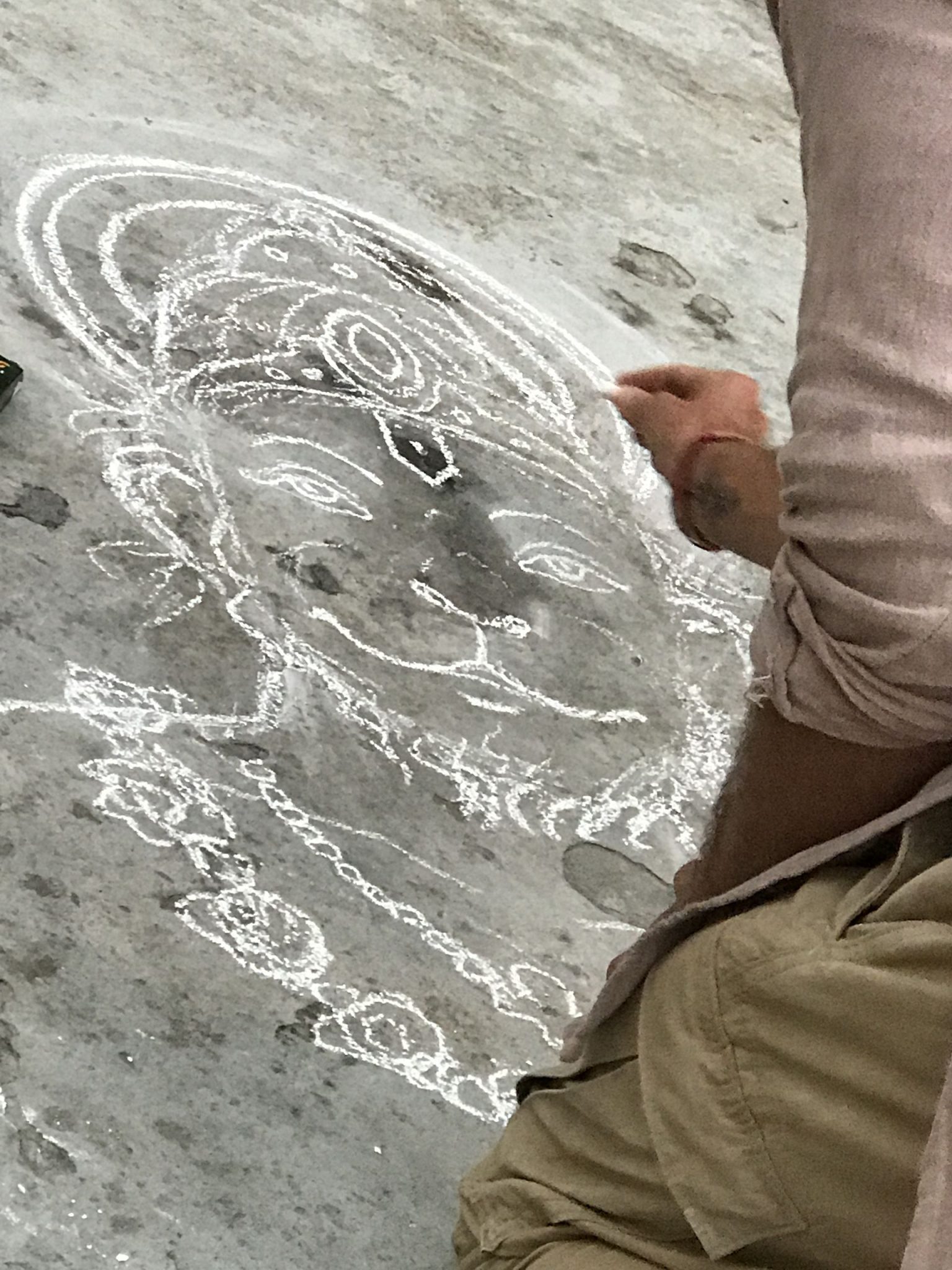
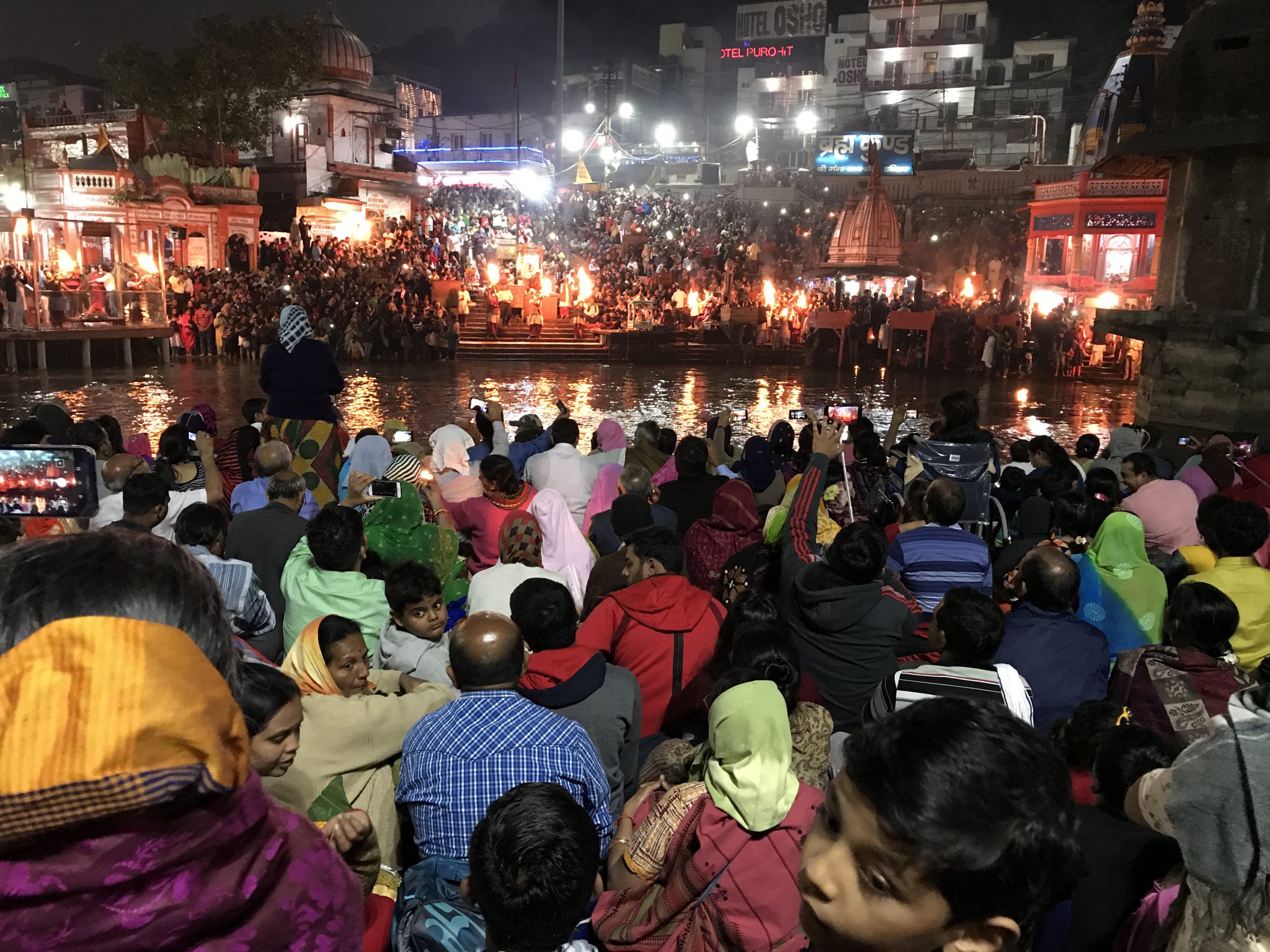
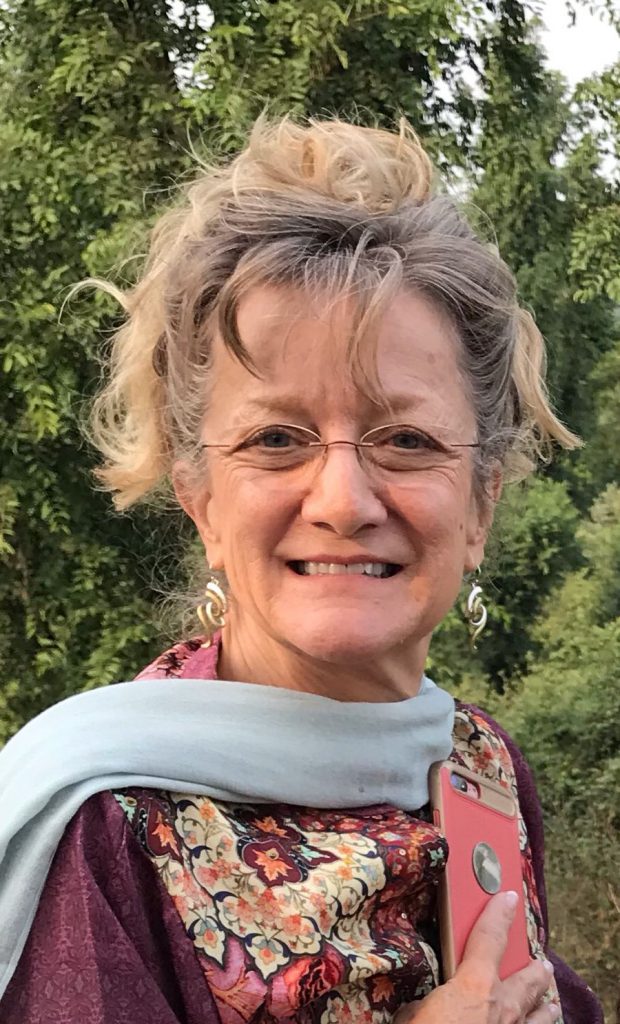

You shared the essence of this trip
So succinctly and beautifully. India always stretches me beyond my limitations. It was a great andventure and even greater because it was shared. And in the end, love loves love, and that’s what makes life worthwhile. Thanks so much for this
Post.
Peace, love and harmony…, love it!
Stacey
What beautiful photos and words. I only wish we could all aspire to live by these thoughts. You have given me
a lot to ponder as well as to try to achieve peace in life. Thank you for sharing with us
Love,loves,love.
Beautiful photos and writing!
Thanks, I miss your smiling face. Have a great holiday.
Remarkable photos and a beautiful sharing of another world. Thank you for letting us see through your eyes.
That Louie sure can write a good story!
Beautiful thoughts and beautiful images.
Ilene
A beautiful experience. Louie was a great editor on this story. Enjoy your family this holiday.
Thanks for taking me with you on your trip in this post Stacey – so vivid and full of inspiration! Thanks for sharing!
Thankful to have you as a friend. You are an inspiration. Love to you all this holiday.
Just getting around to reading this. I have traveled these areas many times and never tire of hearing new visitor’s experiences. Your blog is amazing and Deborah is the greatest iPhone photographer I have ever seen. Thank you for writing and for sharing. Mostly thank you for joining Yoga Diwali India and Sri Ram Ashram.
Thanks for being the greatest tour guide ever. Peace.
This is so lovely. You two are quite the duo !!! Thank you for sharing ✨❤️✨
Have a wonderful Thanksgiving.
just awesome –
Thank you.
Beautifully written and photographed- xo
Hope we took you on a journey. Love sharing.❤️
Stacey –
What an amazing way to share your experience that was India! I felt as though I was with you every bit of the way as I read your post and viewed the pics! I hope they experience lived up to your expectations and my recommendations. Love you my yogini sister!! 😘
Julie, wish you had been there, it was an amazing trip.
What a journey you had and shared with us. I had the feeling of peace while reading your words. Truly, Love, Loves, Love. Thank you for this.
Thank you for sharing a culture and landscape that most of us would not otherwise have the opportunity to see and appreciate.
My pleasure. It was quite an experience.